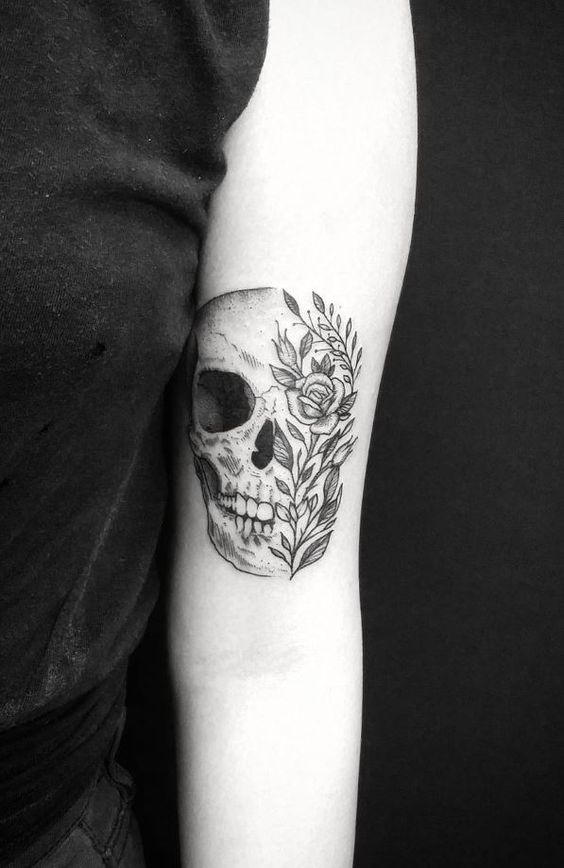
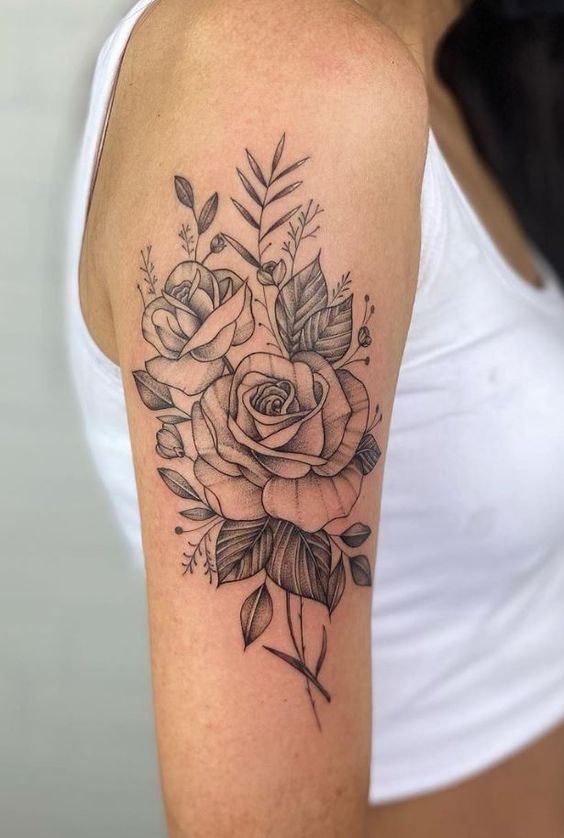
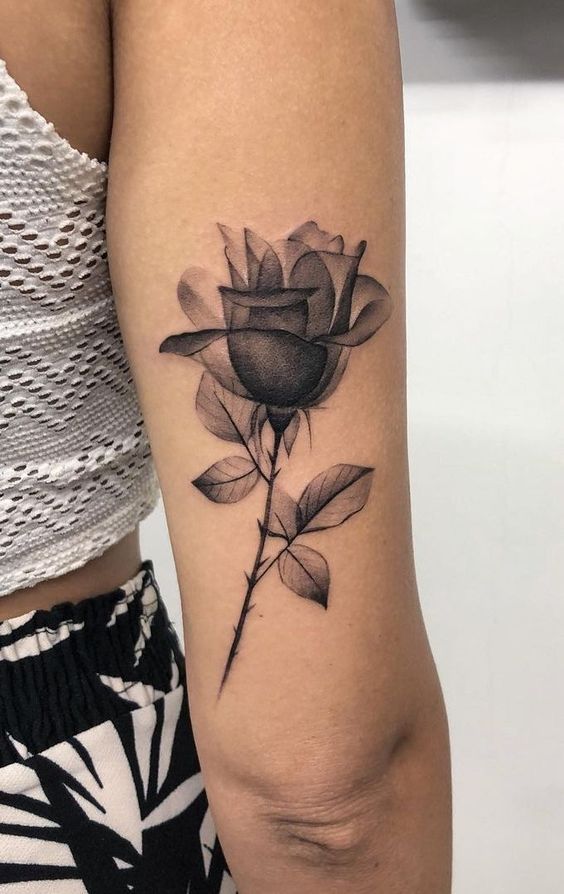
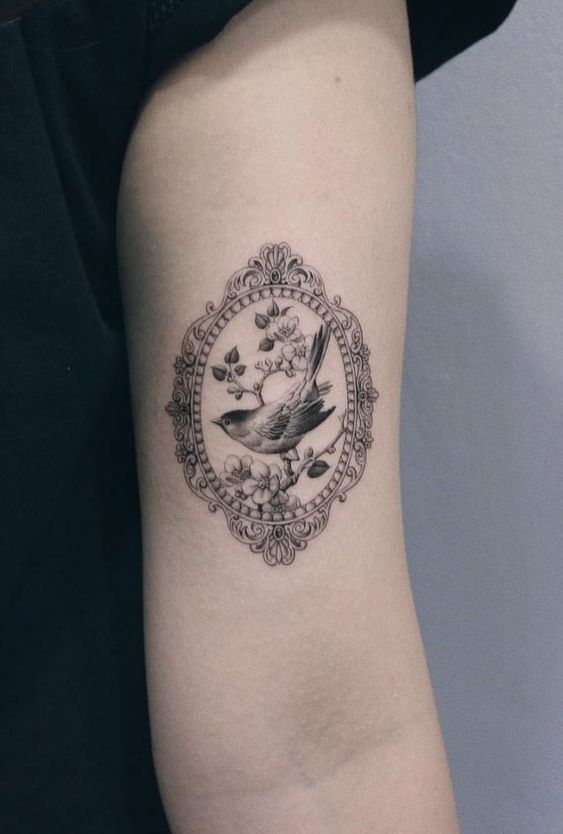
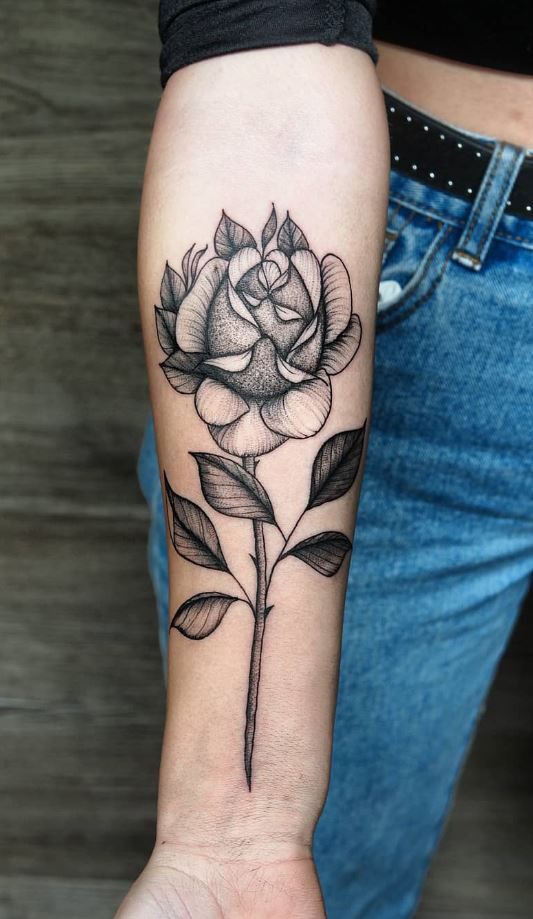
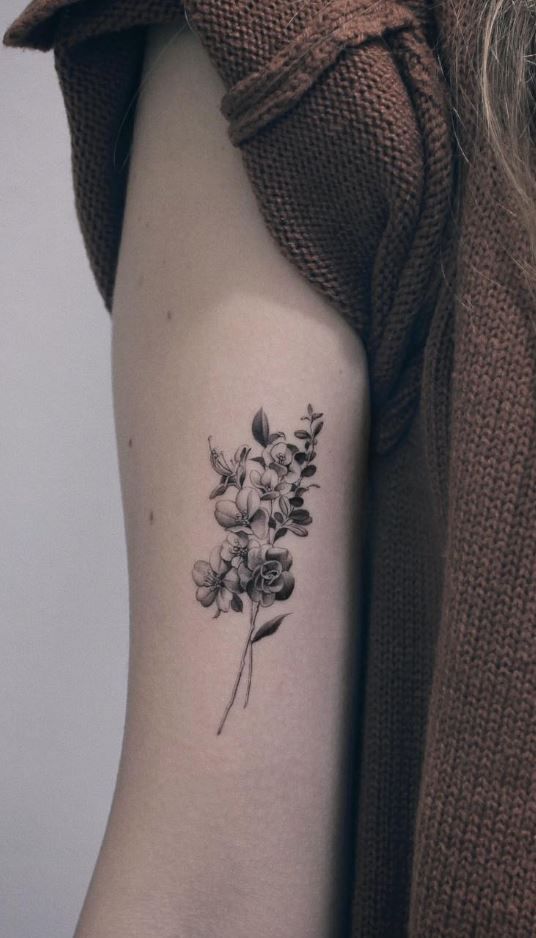
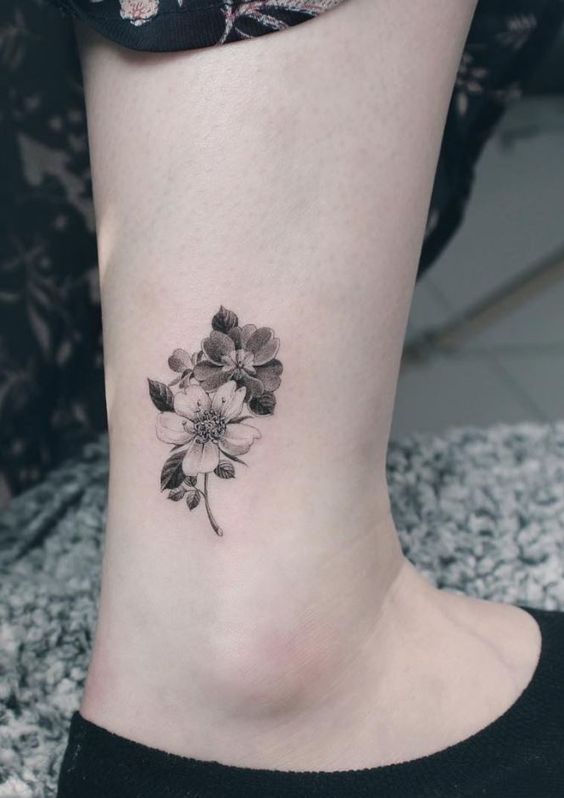
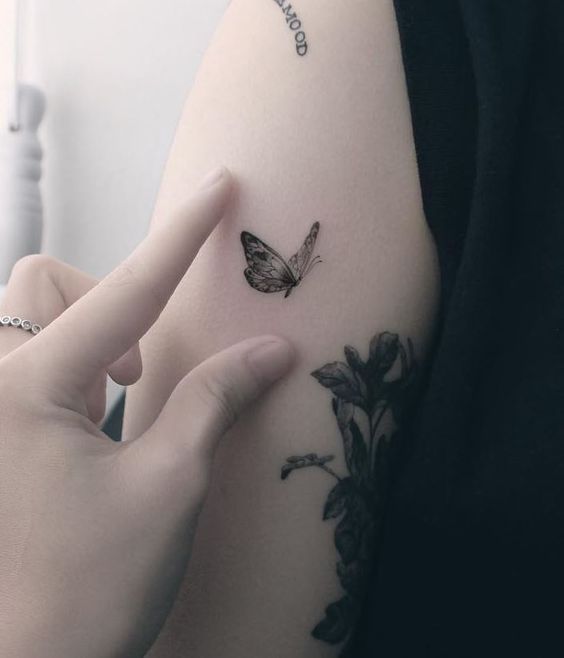
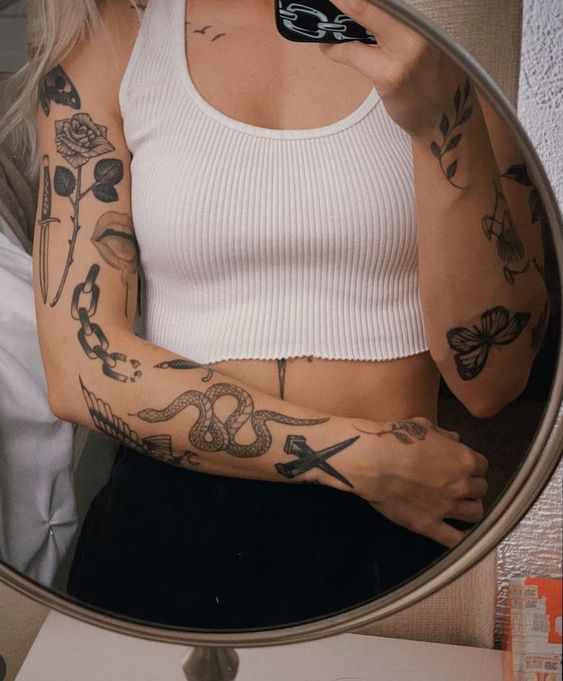
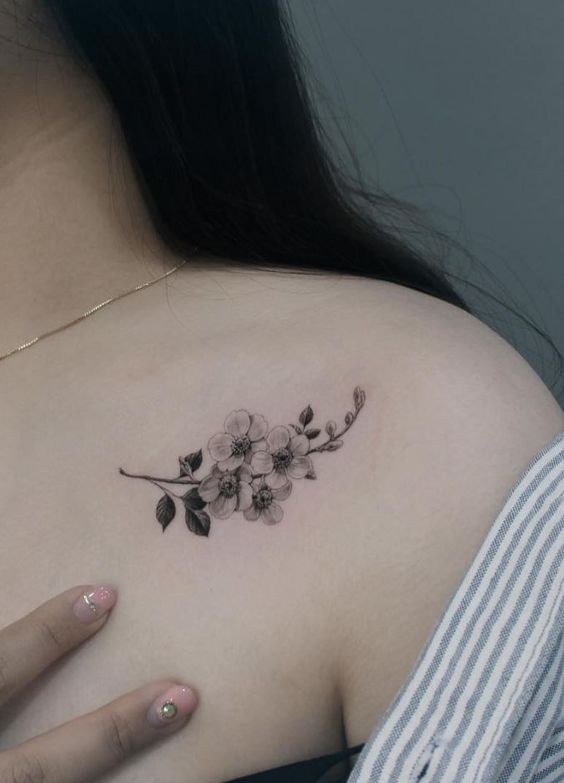
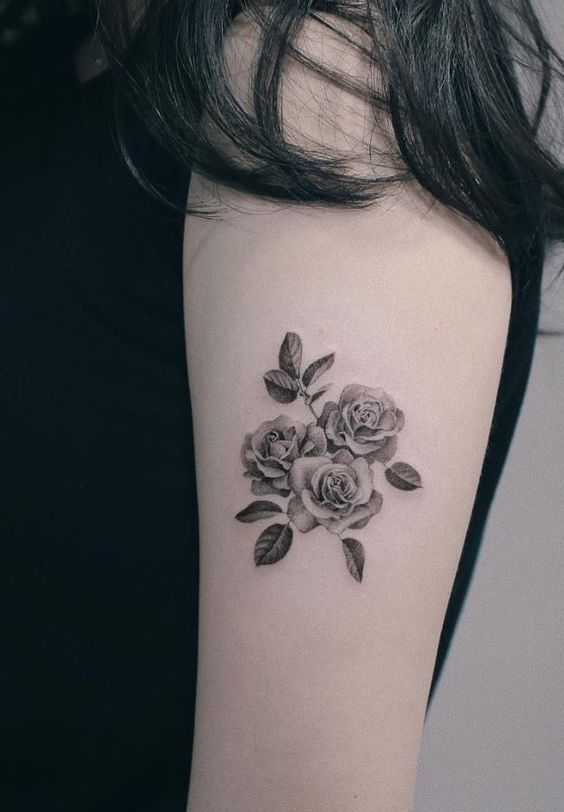

All image credit: Pinterest
Black and Grey Tattoos: Tattoos have been a form of self-expression and artistry for centuries, and within the world of body ink, black and grey tattoos carry a special place. These monochromatic masterpieces are not only beautiful but timeless in their appeal. In this article, we will explore the art of black and grey tattoos, their history, techniques, and reasons for their increasing popularity.
The History of Black and Grey Tattoos
Black and grey tattoos have a rich history that dates back to the early days of tattooing. Originating from the traditional hand-tapped tattoos of indigenous cultures worldwide, the technique was later adapted into contemporary tattooing. This style first gained popularity in the Chicano culture of East Los Angeles in the 1970s. Black and grey tattoos became interchangeable with this subculture, evolving into a distinctive aesthetic that incorporated fine art and tattooing.
The Art of Black and Grey Tattoos
Black and grey tattoos, as the name suggests, are created using only differing shades of black ink. The lack of color is a conscious choice, allowing the artist to concentrate on the interplay of light and shadow to achieve stunning, three-dimensional effects. These tattoos showcase the artist’s skill in manipulating tones, contrasts, and details to create detailed and realistic designs.
Techniques and Styles
Black and grey tattoos contain a wide range of styles and techniques, making them adaptable for various subjects and themes. Some popular styles include:
- Realism: This style seeks to create tattoos that closely resemble photographs or real-life subjects. Artists use detailed shading and blending to reach an extremely lifelike appearance.
- Portrait Tattoos: Black and grey is usually the preferred choice for portrait tattoos, whether they show loved ones, celebrities, or historical figures. This style demands special attention to detail and precision.
- Dotwork and Pointillism: Some artists opt for a dotwork approach, using tiny dots to create intricate textures and shades. Pointillism, encouraged by the fine art movement, gives tattoos a unique, stippled effect.
- Gothic and Dark Art: Black and grey tattoos are a famous choice for subjects with gothic or macabre themes, including skulls, dark creatures, and occult symbolism. The stark contrast between black and white improves the ominous atmosphere.
- Chicano Tattoos: As a nod to their origins, black and grey tattoos often include Chicano motifs, like spiritual iconography, roses, and the iconic “smile now, cry later” masks.
Reasons for Their Enduring Popularity
- Timelessness: Black and grey tattoos have an ongoing quality. Unlike color tattoos that may fade over time, black and grey tattoos maintain their appeal as they gracefully age.
- Versatility: This style is highly adaptable and can be adapted to suit various subjects, from portraiture to abstract designs. The lack of color permits for a focus on details and texture.
- Elegance: The monochromatic aesthetic of black and grey tattoos imparts an unmistakable grace. These tattoos can be both quiet and powerful, depending on the subject matter and style.
- Healing Process: The lack of colored ink minimizes the risk of allergic reactions and skin irritations. Black and grey tattoos manage to heal well, with decreased chances of complications.
- Cultural Significance: Black and grey tattoos have profound cultural roots, especially in the Chicano and prison subcultures. These tattoos often carry personal and symbolic meanings for the wearer.
- Artist Expertise: Creating a stunning black and grey tattoo demands exceptional skill and technique. Many tattoo enthusiasts appreciate the artistry and precision that this style demands.
Choosing Your Black and Grey Tattoo
When choosing a black and grey tattoo, it’s important to choose your design carefully and select a skilled artist who specializes in this style. Here are some tips for making the right choice:
- Research and Inspiration: Spend time researching different black and grey tattoo styles, artists, and designs. Seek motivation in art books, online galleries, and the portfolios of tattoo artists.
- Consult with Artists: Once you’ve recognized possible artists, schedule consultations to discuss your ideas and expectations. Ask to see their previous black and grey work to assess their proficiency in this style.
- Originality: While it’s helpful to gather reference images, make sure that your tattoo has a unique and personal touch. Collaborate with your chosen artist to create a design that suits your taste and preferences.
- Placement: Consider where you want your tattoo and how it will interact with your body’s contours. Specific designs may work better on specific body parts due to size and shape considerations.
- Aftercare: Understand the importance of proper aftercare to guarantee the longevity and vibrancy of your black and grey tattoo. Follow your artist’s advice for cleaning and moisturizing the tattoo during the healing process.







